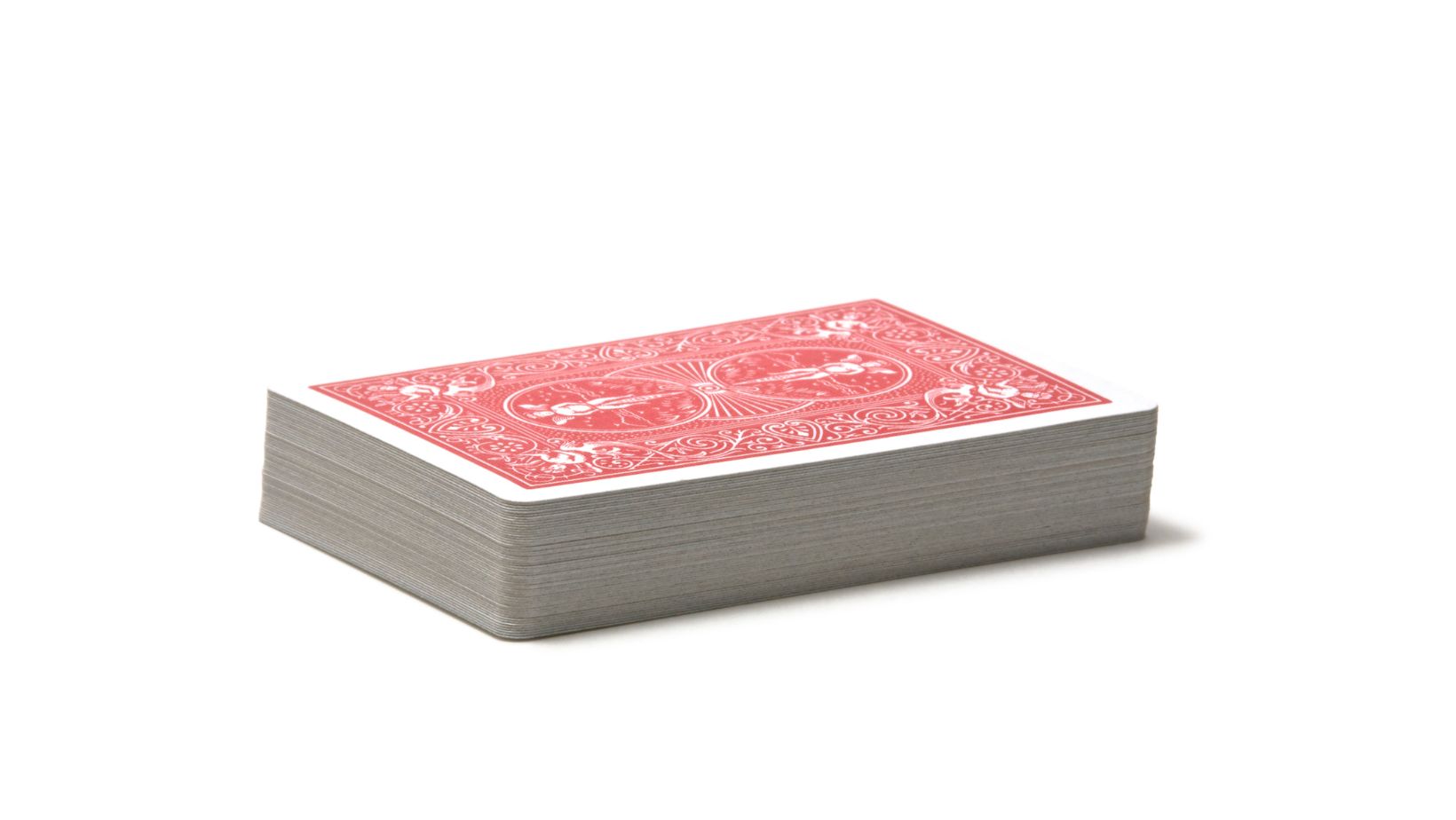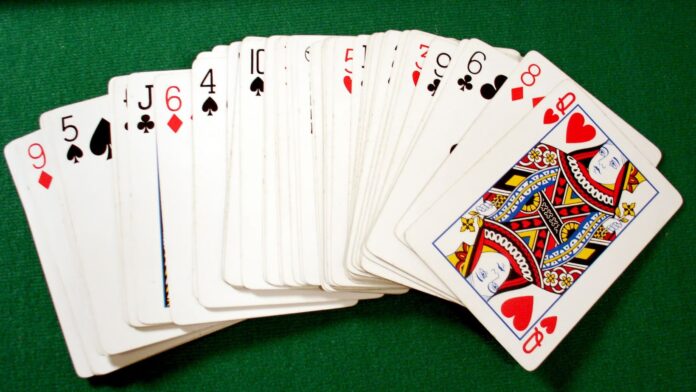How Many 7’s are in a Deck of Cards
Ever found yourself wondering, how many 7’s are in a deck of cards? Well, I’m here to unravel the mystery and dive into the math behind it. It’s not simply a question of counting cards – there’s a fascinating numerical story that comes with it.
A standard deck has 52 cards which include four distinct suits: hearts, diamonds, clubs, and spades. Each suit carries numbers from 2 through to 10, along with face cards – Jack, Queen, King – and an Ace. If you’re already doing the quick arithmetic in your head to answer our burning question about sevens – hold onto that thought.
I’ll be breaking down this numeric puzzle for you so that next time someone asks you how many 7’s there are in a deck of cards, you won’t just have the answer – you’ll understand why.
The Intricacies of a Deck of Cards
Let’s start by taking a look at the basic makeup of a deck of cards. It’s commonly known that a standard deck consists of 52 cards, divided into four suits: hearts, diamonds, clubs, and spades. Each suit is further broken down into 13 ranks ranging from the lowly two all the way up to the majestic ace.
Within these ranks lies our point of interest for this discussion – the sevens. If we’re keeping count, there are precisely four 7s in a deck; one each in hearts, diamonds, clubs, and spades. But why does it matter? Well, understanding how many 7s are in a deck can be useful for certain card games where specific numbers hold more value or significance.
Now that we’ve established how many sevens are present in one standard deck let’s try to push our math skills just a bit further. How about if you had five decks? Easy-peasy! Just multiply that single-deck total by five—giving us 20 sevens across those decks.
Here’s another interesting tidbit about our focus number seven within card decks—did you know it often plays an essential role in numerous cultural contexts and card games?
For instance:
- In Piquet—a trick-taking game—the seven acts as the lowest trump.
- It serves as an integral part of some Poker variants where a player gets dealt seven cards.
See? That humble little ‘7’ might just carry more weight than you initially thought!
In summary – yes I know I told not to draw conclusions but bear with me here – there are four 7s in one standard card deck while understanding their distribution across multiple decks simply requires basic multiplication skills. Plus, they have fascinating roles within various games and cultures worldwide! Now isn’t that something worth remembering next time you shuffle up for your favorite card game?

Understanding the Role of Number 7 in a Card Deck
Ever wondered about the prominence of number 7 in a deck of cards? Well, it’s time to delve into this intriguing topic. Grabbing a deck and riffling through, you’ll find there are indeed four sevens – one for each suit: hearts, diamonds, clubs, and spades.
Why is this significant? It’s all tied up with how these decks are structured. Standard playing cards come packed with four suits, each consisting of thirteen ranks. These range from numbers two through ten (nine numerals), then tack on the royal suite – jack, queen, king – and don’t forget our friend ace that rounds out the crew. In total we’ve got 52 cards; 4 suites times 13 ranks equals an even fifty-two.
Let’s take it a step further. You might ask “How many combinations can I get by using just one seven?” The answer lies in simple math! Drawing any single card out of the deck gives us 52 possibilities (since there are that many cards). But if we’re only interested in drawing one of our four sevens? That narrows down those odds significantly.
Here’s how it breaks down:
| Total Cards | Sevens |
| 52 | 4 |
That means anytime you draw a card from a fully shuffled deck without looking at it first (no cheating!) your chance to pull one of those coveted sevens stands at roughly 7.69% (or about one in thirteen). Not too shabby!
But what if we could use more than just one seven? Suppose we wanted to draw two sevens in succession from our well-mixed stack – now things get really interesting! Odds start shrinking fast when specific sequences come into play. We’d need to calculate probabilities for both initial and subsequent draws to figure out those combined chances. It’s an intricate dance of numbers, but hey – that’s the beauty of math!
So, understanding how many 7’s are in a deck of cards and the math behind it not only satisfies curiosity but also opens up a fascinating world of probability theory. Who knew decks could be so deep?


